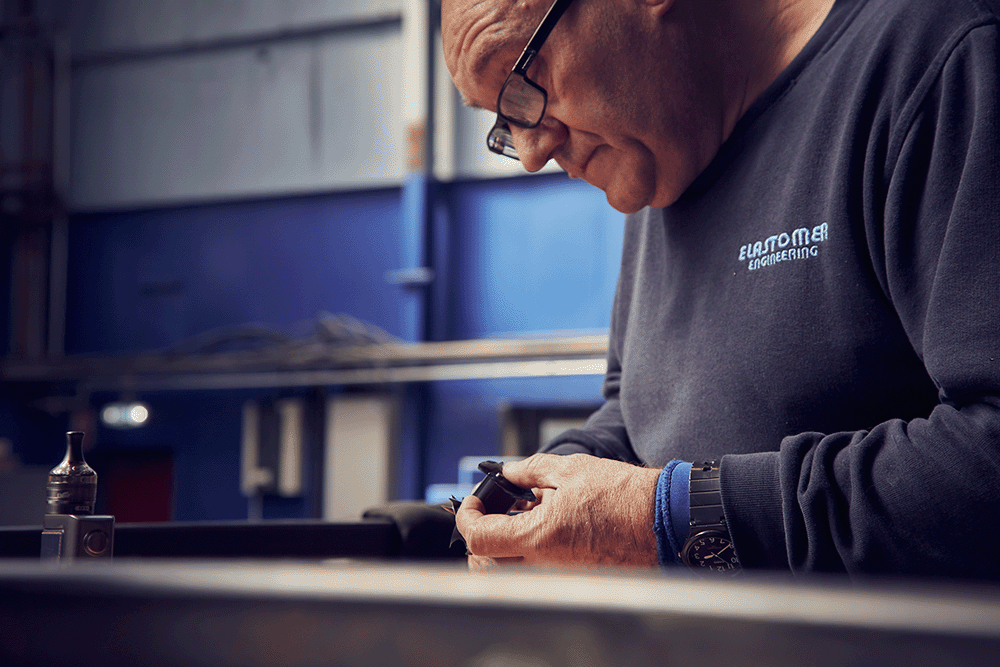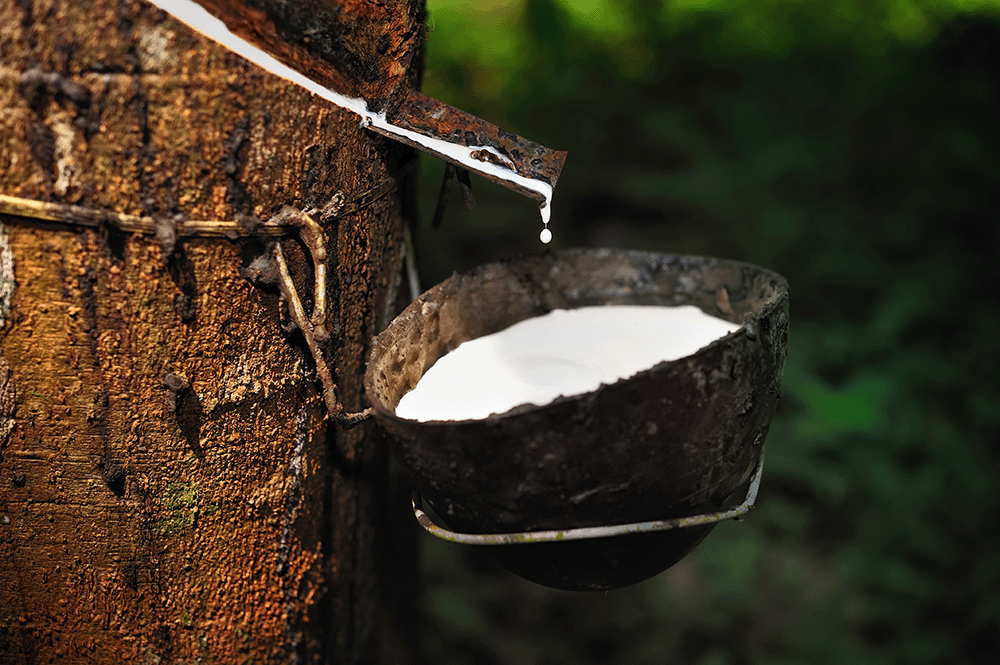
Material Guide: CSM Rubber
Our Guide To CSM Rubber – Chlorosulphonated Polyethylene (Hypalon ®)
Chlorosulphonated Polyethylene (CSM), widely known by the brand name Hypalon, is deemed to be a superior rubber material to chloroprene in some respects. This is due to CSM rubber having better heat ageing, a higher level of chemical resistance, and low gas permeability.
CSM rubber often features around 20 to 45% chlorine, which provides it with excellent resistance to ozone, UV, weathering and chemicals. CSM is also resistant to oxidising agents and corrosive chemicals. However, it can also be resistant to hot water when cured.
What Are The Advantages Of Hypalon Rubber?
CSM has several key properties that make it suitable for hazardous environments. These include a high level of ozone, UV, weathering and chemical resistance, alongside improved heat ageing and low gas permeability.

What Are The Disadvantages Of CSM Rubber?
Similar to Chloroprene, CSM rubber also has poor low-temperature flexibility and high levels of chemical resistance. However, CSM rubber has poor fuel resistance, which does not suit automotive applications.
Additionally, dynamic sealing applications are not recommended for CSM due to the poor nature of its compression set.
What Are The Typical Applications Of CSM Rubber?
CSM rubber is typically used in the following applications:
- Static Seal Applications
- Electrical Cable Jacketing
- Automotive Components
- Wire and Cable
What Is The Working Temperature Range Of CSM?
CSM rubber is suitable in a range of working temperatures, from -20°C to +125°C.
Looking for more detailed information on the different types of rubbers and polymers we work with? Then check out our material guides where you can find FAQ’s and more guides like this one detailing all you need to know. If you are looking for rubber or polymer products get in touch with DLR Elastomer today via our contact page or via LinkedIn and we can chat over your requirements.

Any questions? Get in touch
Since 1895 DLR has been combining expansive knowledge of materials, their properties, and processing techniques to develop bespoke mouldings and fabrications for many industry sectors. Our core services include moulding rubber, rubber sheeting, Petroseals, and cast polyurethane products. If you have any questions about our products, our process or the materials we use get in touch today!


